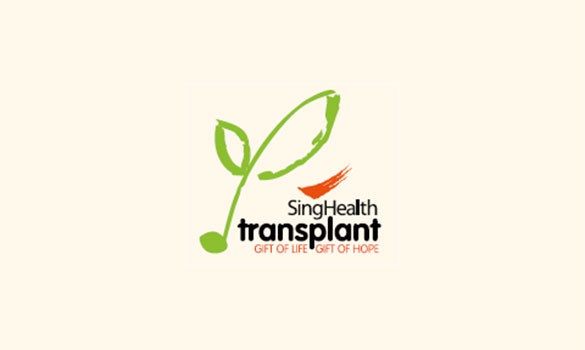HealthXchange will NEVER ask you to transfer money over a call. If in doubt, call the 24/7 ScamShield helpline at 1799, or visit the ScamShield website at www.scamshield.gov.sg.

 The first liver transplant at the Singapore General Hospital was performed on 15 February 2006. One of nine transplant programmes under SingHealth Transplant, the Liver Transplant Programme has since then grown to become an established clinical programme. The services include deceased-donor liver transplants as well as living-donor liver transplants. To-date, the service has performed more than 80 life-saving transplants for patients with acute liver failure, end-stage liver disease and liver cancer (hepatocellular carcinoma).
The first liver transplant at the Singapore General Hospital was performed on 15 February 2006. One of nine transplant programmes under SingHealth Transplant, the Liver Transplant Programme has since then grown to become an established clinical programme. The services include deceased-donor liver transplants as well as living-donor liver transplants. To-date, the service has performed more than 80 life-saving transplants for patients with acute liver failure, end-stage liver disease and liver cancer (hepatocellular carcinoma).
In addition, the liver transplant team cares for and manages the health of more than 110 pre- and post-transplant patients. With the dedication and hard work of the multidisciplinary team, most patients are able to return to work and lead good quality lives.
TYPES OF LIVER TRANSPLANTATION
Deceased-donor liver transplant
A deceased-donor liver transplantation is when the recipient’s diseased liver will be replaced entirely by whole liver from a recently deceased donor.
Living-donor liver transplant
A living-donor liver transplantation is when a live person donates part of his/her healthy liver to replace the recipient’s diseased liver. After the transplant, the liver in both the donor and recipient will regenerate itself, close to full size.
OUR SERVICES
- Pre-transplant evaluation and care of recipients and living donors
- Adult deceased-donor liver transplant
- Adult living-donor liver transplant
- Post-transplant care of recipients and living donors
INDICATIONS FOR LIVER TRANSPLANT
Indications for liver transplant include:
- Acute Liver Failure
- Liver Malignancy
- Chronic Non-Cholestatic Liver Diseases
- Chronic Cholestatic Liver Diseases
- Metabolic Liver Diseases
- Biliary Atresia
WHAT DOES THE TRANSPLANT OPERATION INVOLVE?
Recipient: The diseased liver (end-stage liver failure from cirrhosis, fulminant liver failure, liver cancer) is removed and a healthy liver is transplanted in its place. Sophisticated monitoring and anaesthesia and surgical techniques have evolved to ensure 85% to 90% success rate in liver transplantation. All recipients will require immunosuppression to prevent rejection of the new liver graft and by one year are on monotherapy for the prevention of rejection.
Donor (for living-donor liver transplant): The donor’s liver is split by the surgeons and one portion is removed for transplant into the recipient. Donor’s liver will regenerate to full size a couple of weeks after surgery. There is no long-term risk of impaired liver function for the donor. Donors usually spend a week in the hospital to recover. Full recovery will take up to three months.
The SingHealth Duke-NUS Liver Transplant Centre
The SingHealth Duke-NUS Liver Transplant Centre was established in 2015 to further clinical service, education and research in liver transplant.
Led by Dr Jeyaraj Prema Raj, the centre brings together specialists from Singapore General Hospital (SGH) and National Cancer Centre Singapore (NCCS) into an integrated condition- based multidisciplinary centre. It brings together specialists from General Surgery/Hepato-Pancreato-Biliary Surgery, Gastroenterology and Hepatology, and allied health specialists, dedicated to enhancing care for liver transplant patients.
Get the Health Buddy App
© 2025 SingHealth Group. All Rights Reserved.













 Get it on Google Play
Get it on Google Play